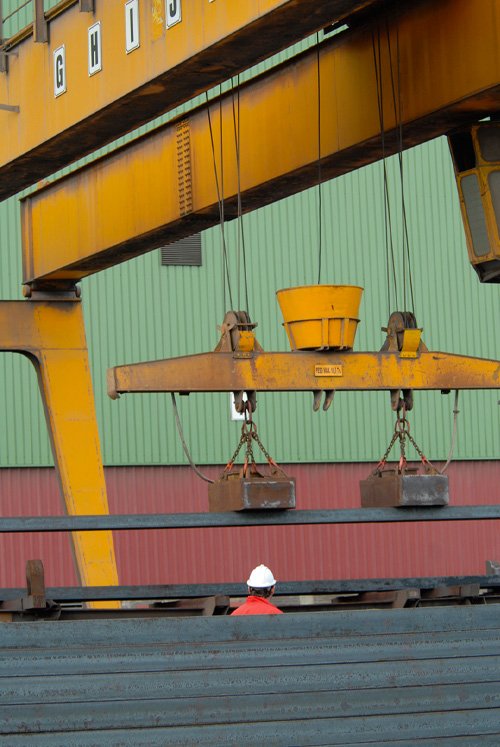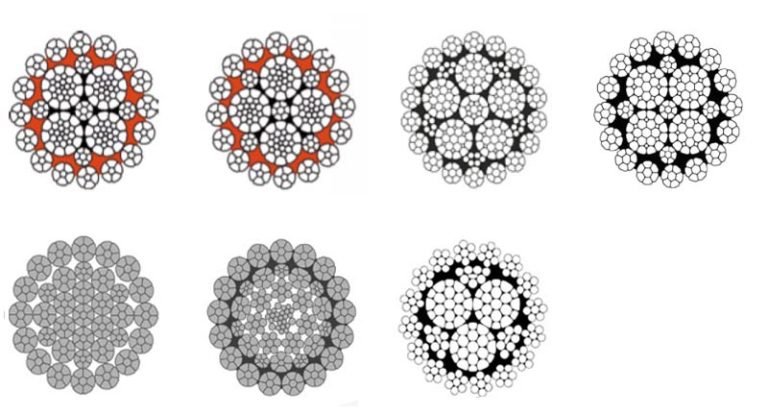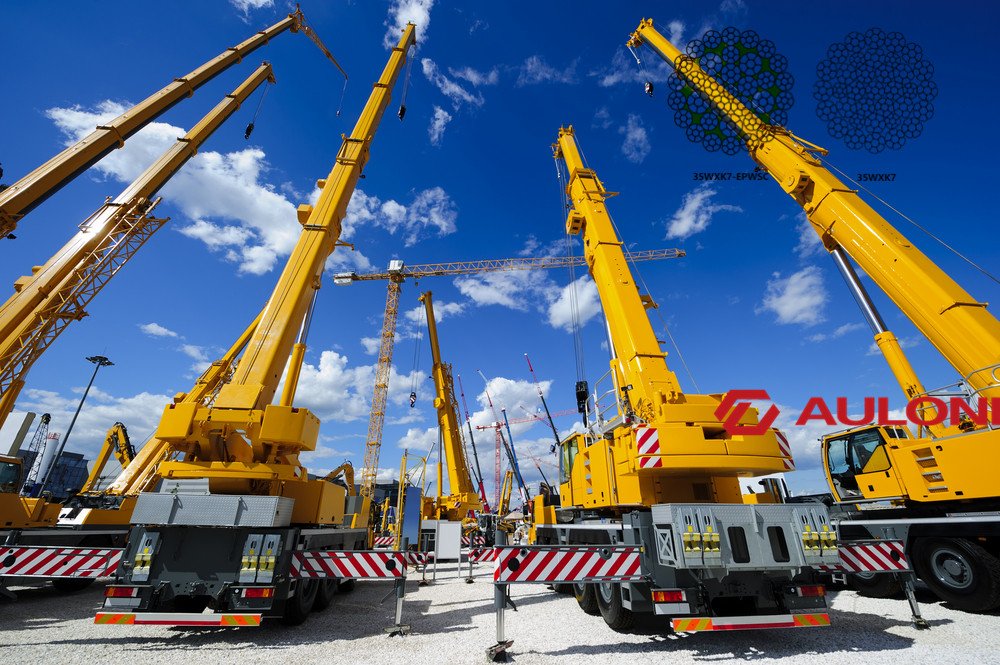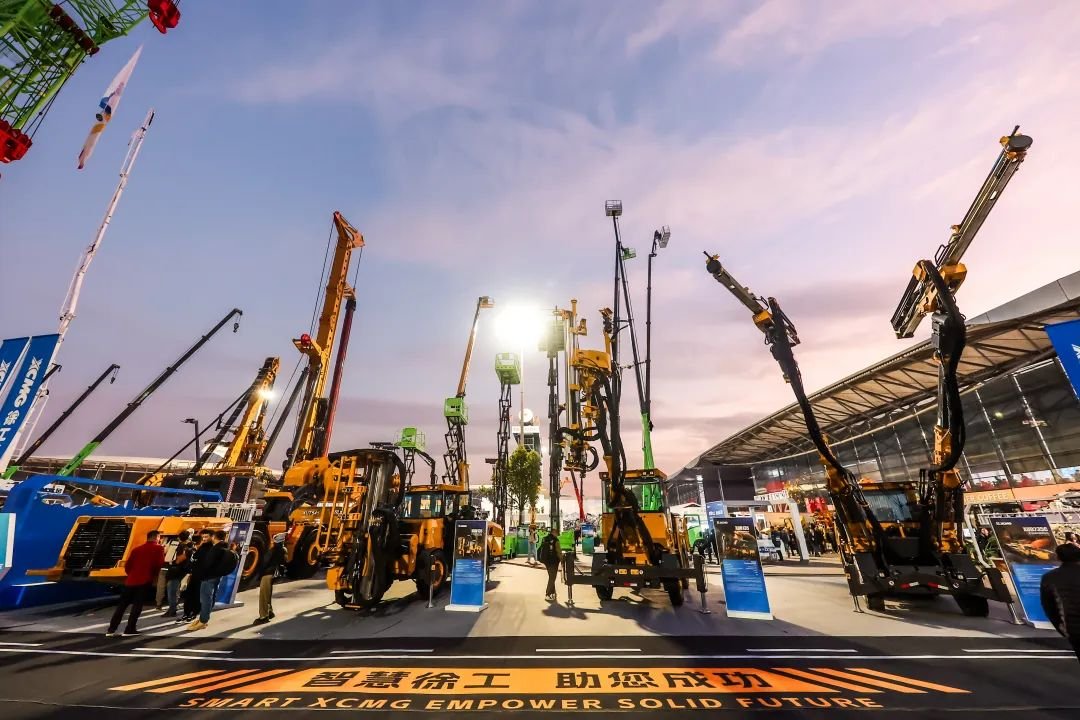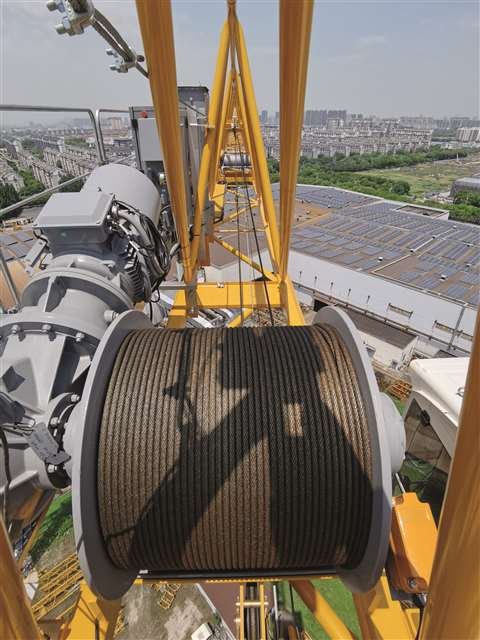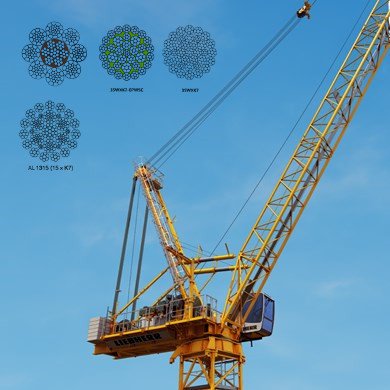Selecting the right mooring rope involves considering several key factors to ensure safety and effectiveness. Here’s a general guide:
- Material: Common materials include polyester (good UV resistance, low stretch), nylon (excellent shock absorption, stretch), and polypropylene (lightweight, floats). Choose based on environmental conditions and required strength.
- Diameter and Strength: Determine the diameter based on the vessel size and weight. Ensure the rope’s breaking strength exceeds the maximum load it will bear.
- Construction: Rope construction affects durability and handling. Common types include braided (flexible, easy to handle) and laid (traditional, strong). Consider the number of strands and twist for durability.
- Stretch Characteristics: Nylon ropes have high stretch (good for absorbing shock), while polyester has low stretch (ideal for stable mooring). Choose based on your mooring requirements.
- Durability and Resistance: Evaluate resistance to abrasion, UV degradation, chemicals, and marine growth. Polyester and polypropylene are more resistant to UV, while nylon is susceptible.
- Handling and Maintenance: Easy handling is crucial for safety. Ensure the rope is manageable and maintains its performance over time with proper maintenance (regular inspections, cleaning, and storage).
- Specific Application Needs: Consider specific requirements like dynamic loading, ease of splicing, and compatibility with mooring hardware.
- Regulatory Compliance: Ensure the rope meets relevant standards and regulations for mooring operations in your region.
By assessing these factors, you can choose a mooring rope that meets your specific needs for strength, durability, and safety. If you need more detailed recommendations or have specific requirements, feel free to ask!

